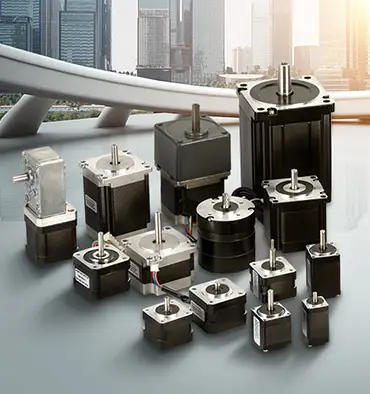How to control speed of stepper motor?
Controlling the speed of a stepper motor is a simple process that requires a few tools and some basic knowledge of electronics. In this article, we will provide step-by-step instructions on how to control the speed of a stepper motor, as well as explain the importance of doing so in a variety of applications.
First, let's discuss the basics of a stepper motor and how its speed is controlled. A stepper motor is an electromechanical device that converts digital pulses into precise mechanical movements. It is commonly used in a variety of applications, including robotics, 3D printing, and CNC machines. The speed of a stepper motor is controlled by the frequency of the digital pulses that are sent to the motor, with higher frequencies resulting in faster speeds.
To control the speed of a stepper motor, you will need the following tools:
- A stepper motor
- A driver or controller
- A power supply
- A set of wires
- A screwdriver (if necessary)
Follow these steps to control the speed of your stepper motors :
- Begin by attaching the stepper motor to the driver or controller using the set of wires.
- Use the screwdriver to securely fasten the wires to the motor and controller (if necessary).
- Next, connect the power supply to the driver or controller.
- Test the connection by applying power to the driver or controller and observing the movement of the stepper motor. Adjust the frequency of the digital pulses sent to the motor to change its speed.
Controlling the speed of a stepper motor is important in order to fine-tune its movement in a variety of applications. For example, in a 3D printer, the speed of the stepper motors that control the movement of the print head and the print bed must be carefully controlled in order to produce high-quality prints. By following the steps outlined above, you can easily and successfully control the speed of a stepper motor.


Leave a Reply